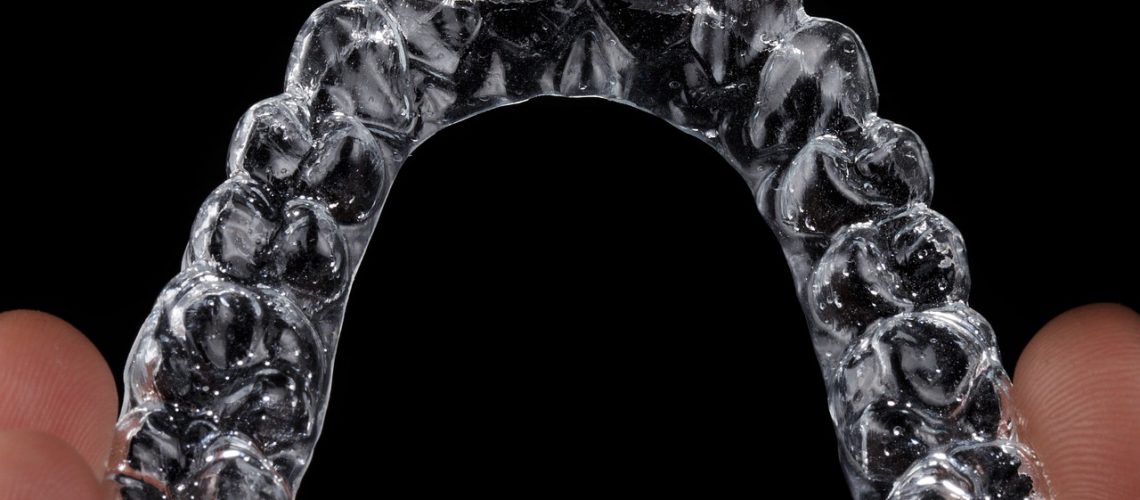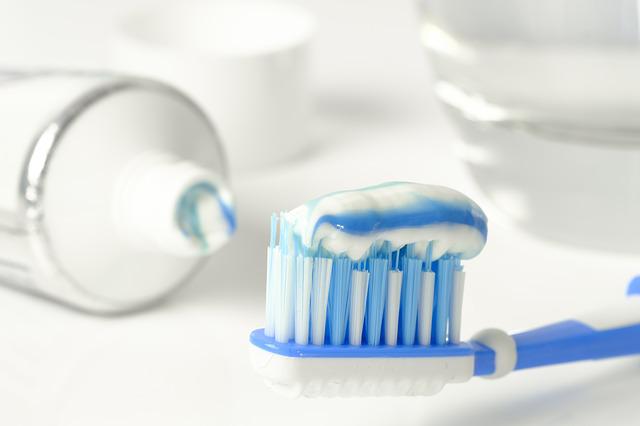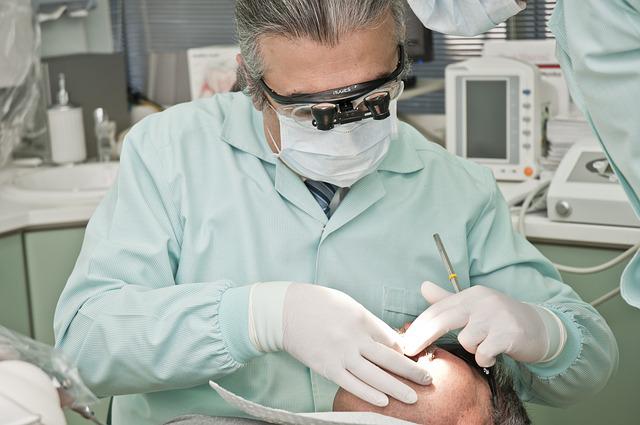A bright, confident smile is a valuable asset, not only for its aesthetic appeal but also for its role in enhancing self-esteem and overall well-being. While various cosmetic dental procedures exist to improve the appearance of your teeth, composite dental bonding stands out as a versatile and cost-effective option. This non-invasive technique can address a range of dental concerns from chipped or discolored teeth to irregular gaps and misshapen smiles.
How much is composite dental bonding, and what does it include? Find out all about composite dental bonding by reading below.
Understanding Composite Dental Bonding
Composite dental bonding, often called dental bonding or simply bonding, is a cosmetic dentistry procedure that involves the application of a tooth-colored resin material to your natural teeth. This resin is carefully sculpted, shaped, and polished to create a seamless and natural-looking appearance. Bonding is typically used to address various cosmetic and functional dental issues, such as:
- Chipped or Cracked Teeth: Bonding can effectively restore teeth that have been chipped or cracked, providing strength and a pleasing appearance.
- Tooth Discoloration: Composite bonding is an excellent solution for teeth that are stained or discolored and do not respond well to traditional teeth whitening methods.
- Minor Gaps: Bonding can close small gaps or spaces between teeth, improving overall tooth alignment and symmetry.
- Misshapen Teeth: Teeth that are irregularly shaped or uneven can be reshaped and contoured through bonding, creating a more harmonious smile.
- Exposed Roots: Bonding can cover and protect tooth roots exposed due to gum recession, reducing sensitivity and enhancing aesthetics.
When Should I Consider Composite Dental Bonding?
Composite dental bonding can be a worthwhile option for a variety of situations. Here are some scenarios where it is particularly worth considering:
- Minor Cosmetic Improvements: If you have relatively minor cosmetic concerns, such as small chips, slight discoloration, or small gaps between teeth, composite bonding is an excellent choice. It offers a conservative and cost-effective solution for enhancing your smile.
- Quick Results: Dental bonding is a relatively quick procedure that can often be completed in a single visit to your dentist. If you desire a noticeable improvement in your smile within a short timeframe, bonding can be a suitable option.
- Conservative Approach: Bonding preserves your natural tooth structure, as minimal enamel removal is required. This conservative approach ensures that your teeth remain strong and healthy.
- Budget-Friendly: Compared to more extensive cosmetic treatments like veneers or crowns, composite dental bonding is a budget-friendly option for improving the appearance of your teeth.
- Repairing Dental Trauma: If you’ve experienced dental trauma, such as a minor fracture or a chipped tooth, bonding can restore the tooth’s appearance and function effectively.
- Enhancing Confidence: Addressing minor dental imperfections through bonding can significantly boost your confidence and self-esteem, leading to a more positive self-image.
- Test-Drive Cosmetic Improvements: If you’re considering more permanent cosmetic procedures, such as veneers, bonding can serve as a temporary “trial” to help you visualize the potential results before committing to a permanent solution.
How The Process Works

The composite dental bonding process is straightforward and typically involves consultation, treatment, and follow-up. Your dentist will begin with a thorough examination of your teeth and a discussion of your cosmetic goals. Together, you’ll determine if bonding is the right solution for you.
In most cases, minimal tooth preparation is required. Your dentist will gently roughen the tooth’s surface and apply a conditioning liquid to ensure the bonding material adheres properly. The tooth-colored resin material is applied to the prepared tooth, and your dentist will sculpt and shape it to achieve the desired appearance.
A special light is used to harden and set the bonding material in place. Once the material is hardened, your dentist will trim, shape, and polish it to blend seamlessly with your natural teeth.
When Is Composite Dental Bonding Not Worth It?
While composite dental bonding is a versatile and effective solution for many cosmetic dental concerns, there are situations where it may not be the most suitable option:
- Severe Tooth Damage: Bonding is not well-suited for extensively damaged teeth that require structural support. More extensive treatments like crowns or veneers may be necessary in such cases.
- Longevity Concerns: Composite bonding material is durable but may not last as long as alternatives like porcelain veneers. If you’re seeking a longer-lasting solution, you may consider other options.
- Extensive Cosmetic Changes: If you’re looking for more dramatic and comprehensive cosmetic changes to your smile, such as a complete smile makeover, veneers, or crowns may provide better results. These options can address more significant issues with tooth shape, size, and issues alignment.
- Oral Hygiene: Composite bonding requires regular oral hygiene practices to maintain appearance and longevity. If you have difficulty maintaining good oral hygiene habits, bonding may not be the best choice, as it can stain or become discolored over time.
- Existing Dental Restorations: If you have extensive dental work, such as large fillings or multiple crowns, bonding may not provide a uniform or ideal appearance, as the bonding material may differ in color and texture from your existing restorations.
- Bite Alignment Issues: Bonding may not be suitable for individuals with significant bite alignment issues or needing orthodontic treatment. In such cases, addressing the underlying alignment problems first may be necessary before considering cosmetic bonding.
How Much Is Composite Dental Bonding?
The cost of composite dental bonding can vary depending on several factors, including the extent of the treatment, the number of teeth being bonded, the dentist’s expertise, and any additional procedures required. Prices can range from $100 to $400 per tooth.
Dental insurance plans typically do not cover cosmetic procedures like dental bonding. However, if bonding is done for a functional reason, such as repairing a tooth with structural damage, insurance may provide partial coverage. It’s essential to check with your dental insurance provider to understand your coverage and potential out-of-pocket expenses.
When evaluating the cost of composite dental bonding, it’s important to consider the immediate expenses and the long-term benefits. While dental bonding may require an initial investment, its affordability compared to more extensive cosmetic procedures, such as veneers or crowns, makes it an attractive option for many individuals.
Enhance Your Oral Health with Definitive Dental
Your questions might go further than just asking how much is composite dental bonding and whether it’s worth it or not. At Definitive Dental, our experienced team can answer your questions and help you take your smile to new heights. Book an appointment with us today to get started on composite dental bonding or any other dental procedure.

















